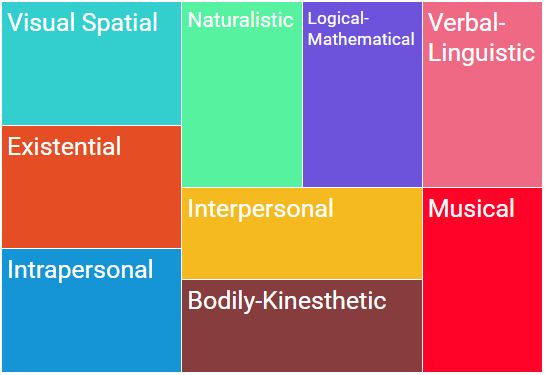DMIT
Dermatoglyphics Multiple Intelligence Test (DMIT)
Benefits of DMIT
Who is DMIT for?

Toddlers (age 1-4)
From birth through about age three there are vast numbers of connections and collections being recorded in the brain.
Knowing a toddler’s potential at an early age help parents make decisions on parenting styles and educational methods and it also help them to choose the right school & right directions for the little ones. This is the time when you can alter their inborn intelligence and improve the weaker intelligence.

Children (age 4-12)
From age three through twelve the brain begins to prune the excessive synapses in an attempt to get organized and eliminate what is not necessary.
At this age, Children are curious to learn and they can absorb more than they will when they grow older. Discovering their learning styles and areas of intelligences at this age gives a clue on what courses and activities they should spend more time on.

Teenagers & Young Adults (age 12-25)
The teenage years consist of more aggressive pruning as the brain begins to specialize and build an identity.
Discovering learning styles at this age can better enhance one’s learning experience. It also serves as a guideline on what type of courses one should take. This is the stage where you can decide about your careers.

Adult (age 25+)
From age three through twelve the brain begins to prune the excessive synapses in an attempt to get organized and eliminate what is not necessary.
At this age, Children are curious to learn and they can absorb more than they will when they grow older. Discovering their learning styles and areas of intelligence at this age gives a clue on what courses and activities they should spend more time on.
Get Started with DMIT!
Know your child’s inborn personality. Figure out your child’s best learning style, and enable him to soar towards success.

